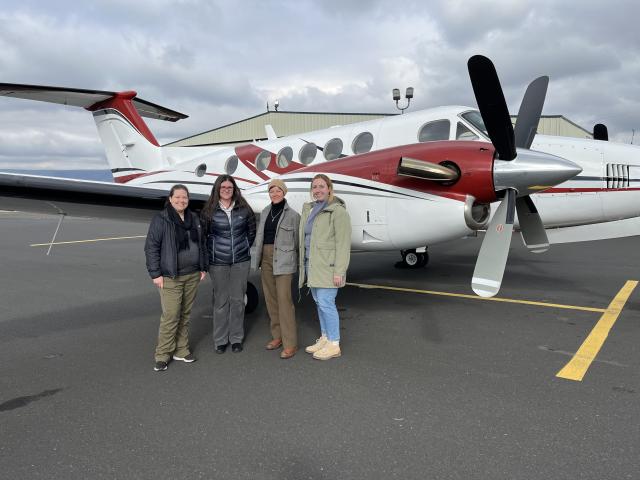Related Stories
- Rural wildland firefighting partners grateful for BLM gift
- Using science to uncover mysteries of the Mesa archaeological site in Alaska
- Historic Umtanum Suspension Bridge wins international footbridge award
- Lake Havasu Fisheries Improvement Program: Thirty years of stewardship, science, and community
- Building for birds: Scouts support public lands
Office
440 West 200 South, Ste. 500
Salt Lake City, UT 84101
United States
Phone:
Email:



